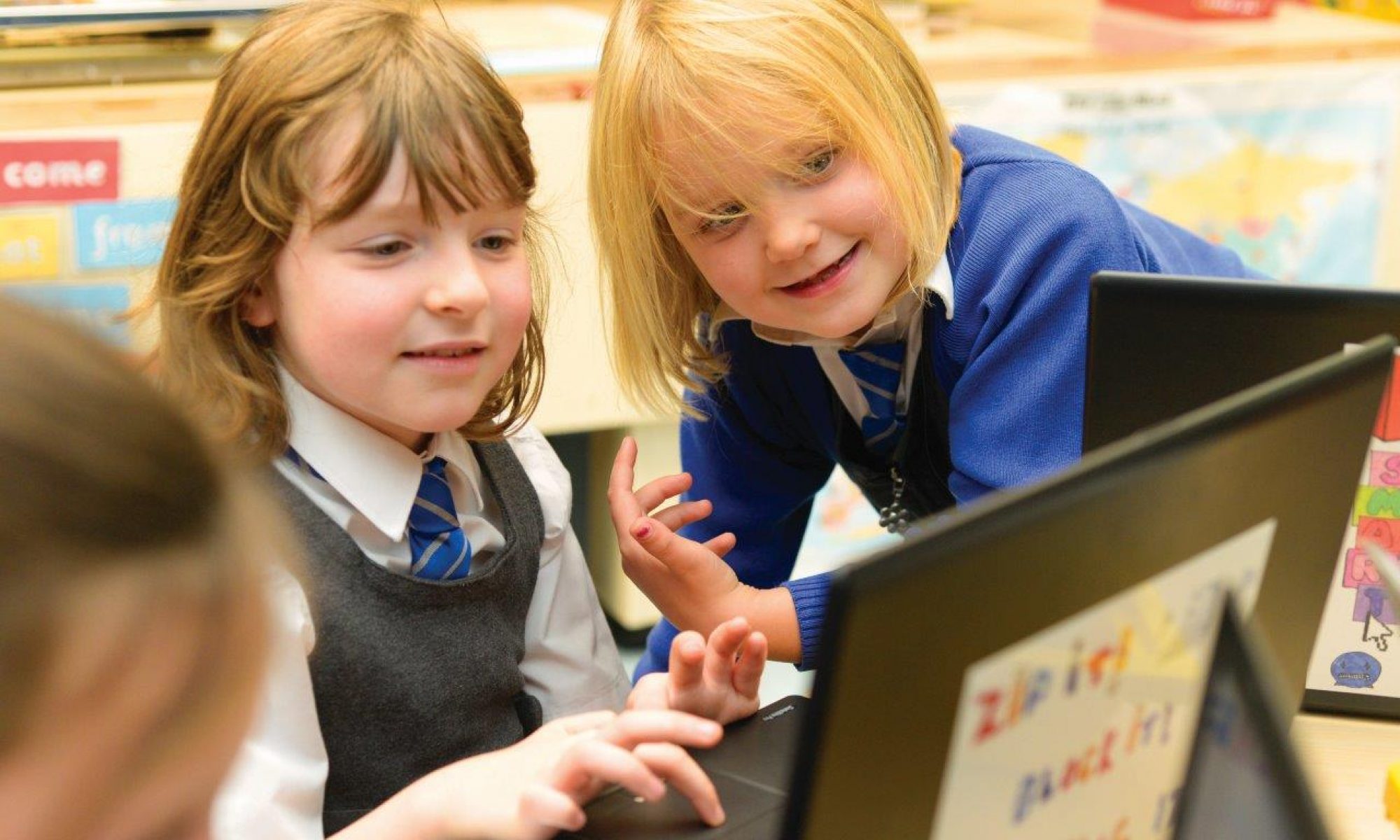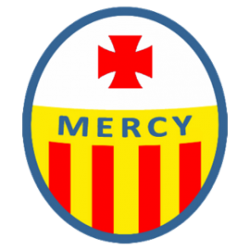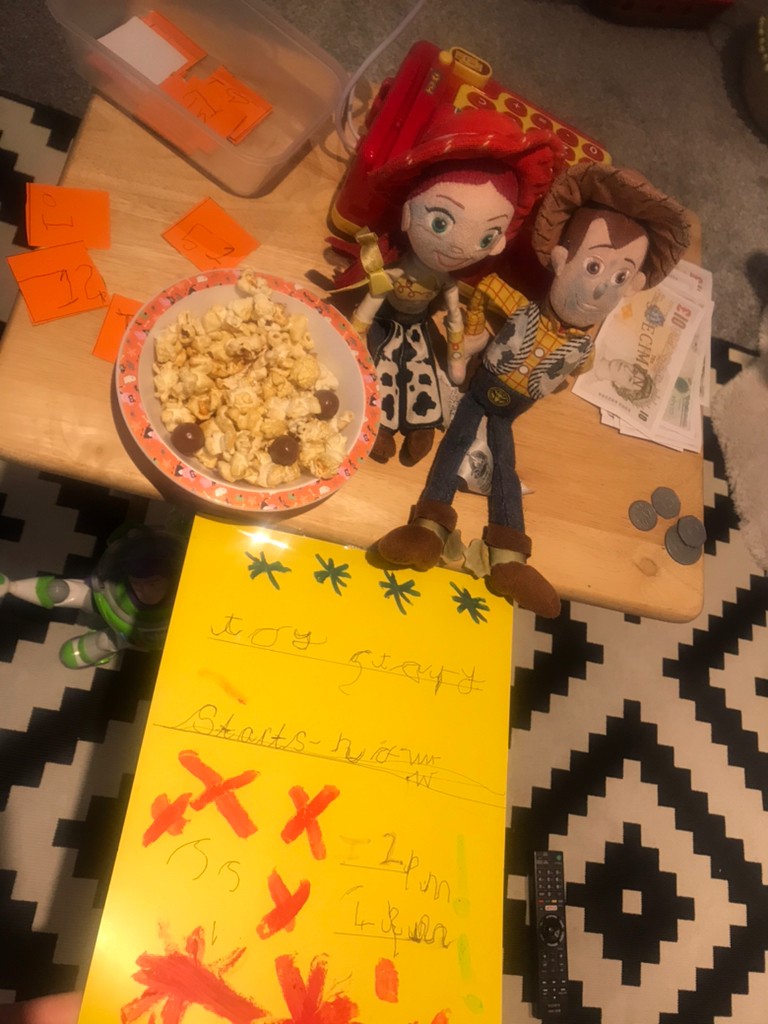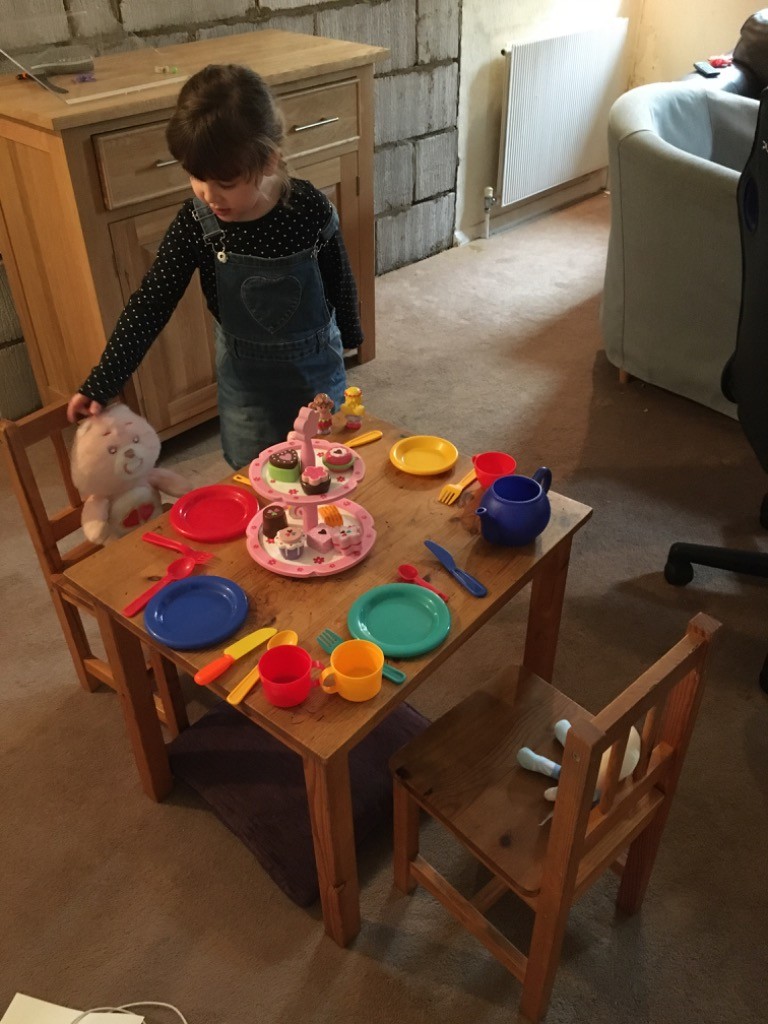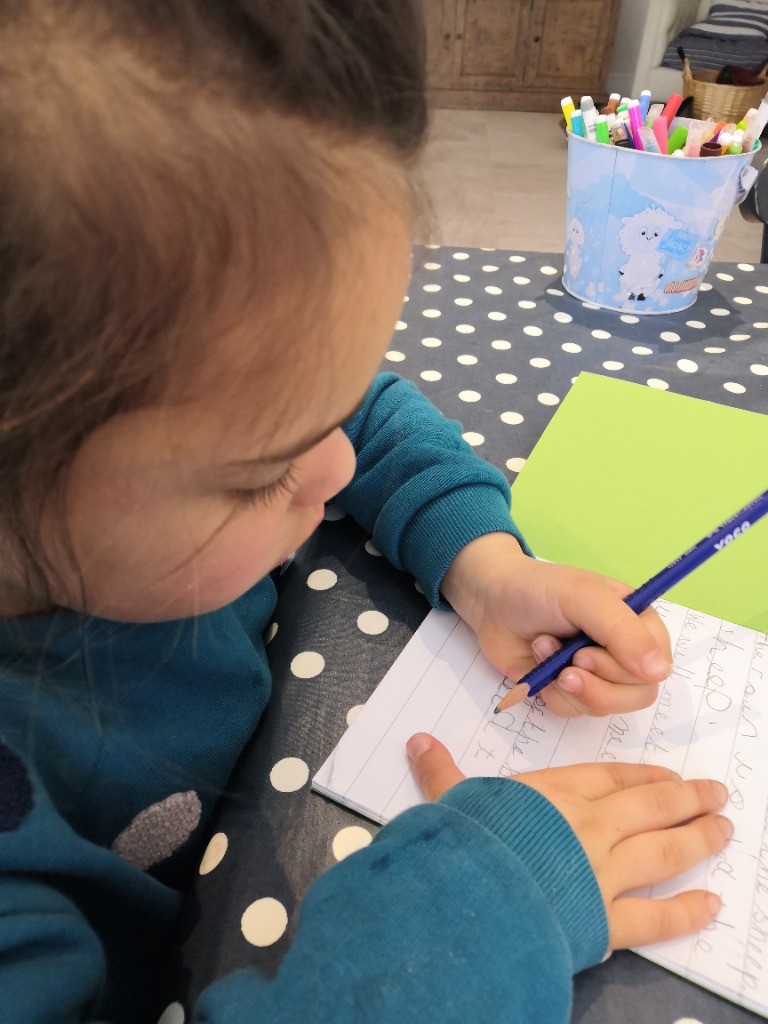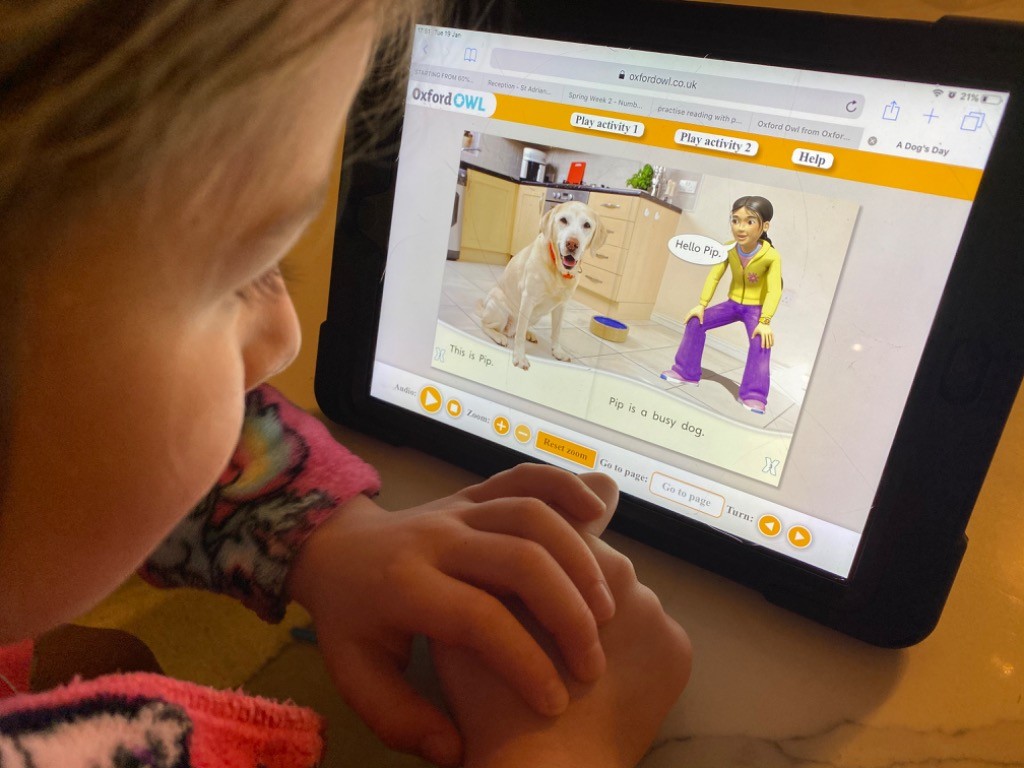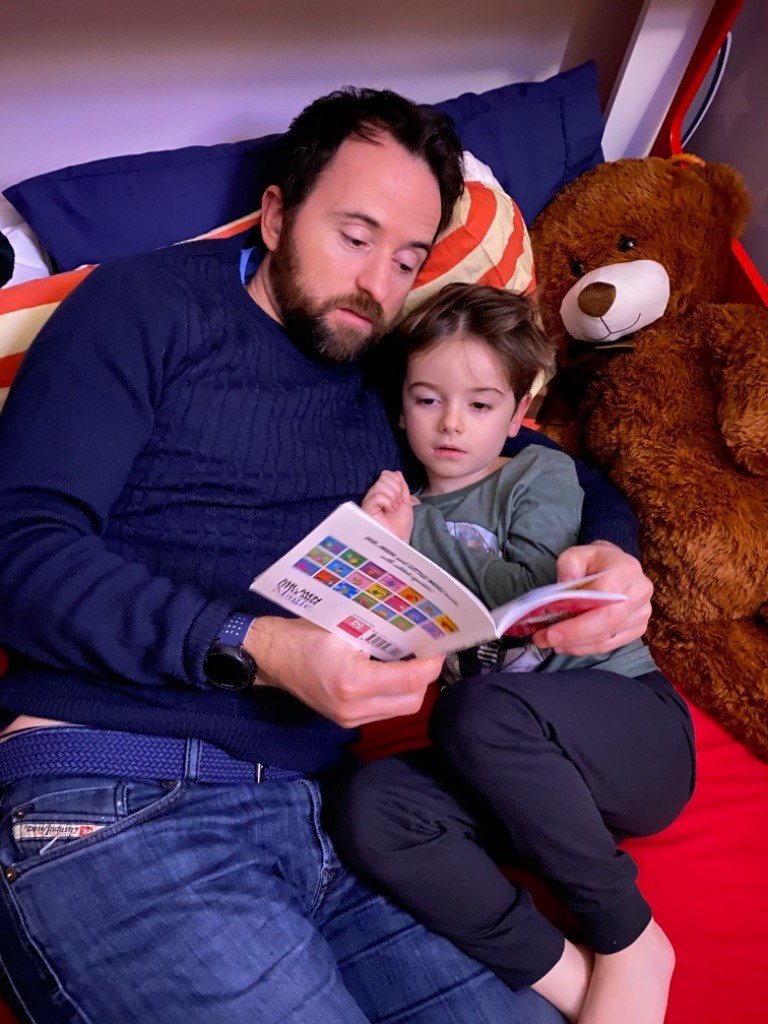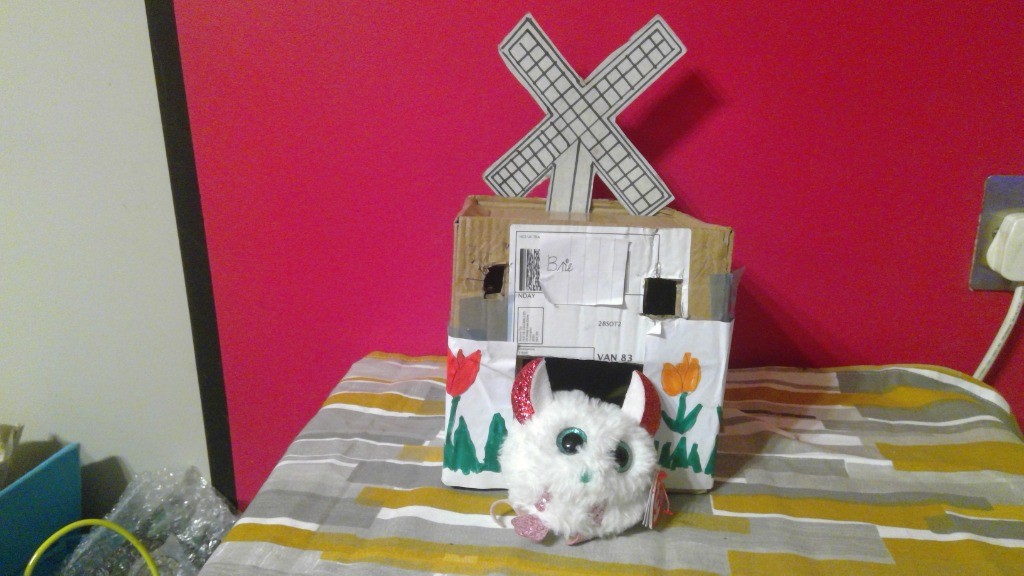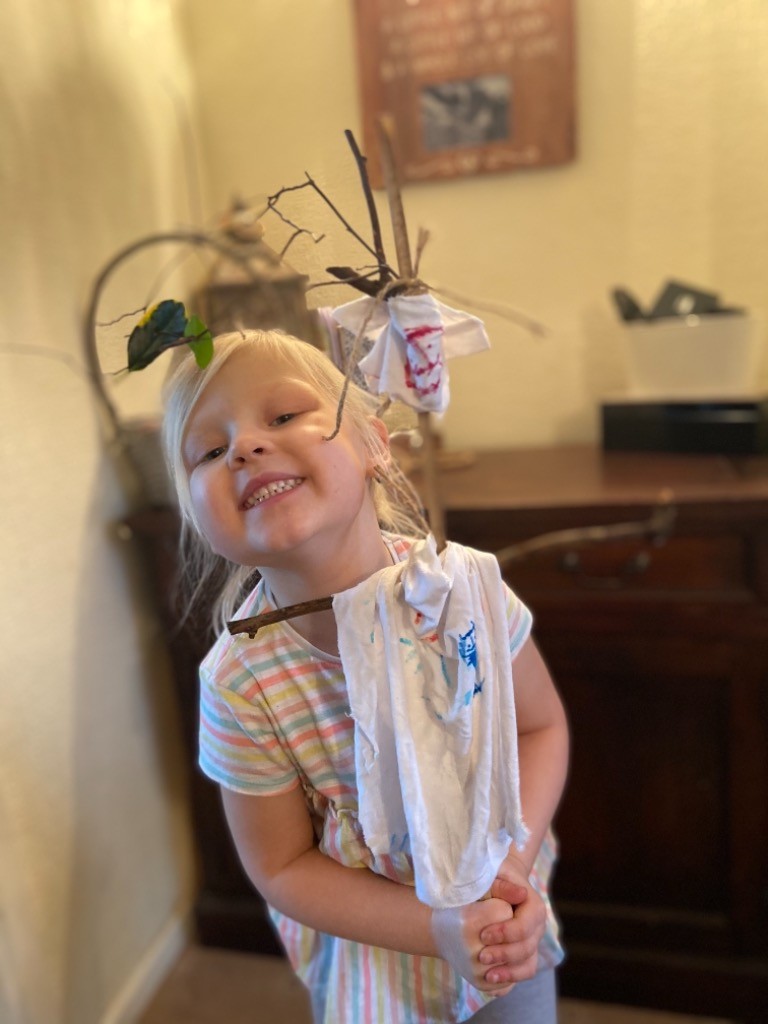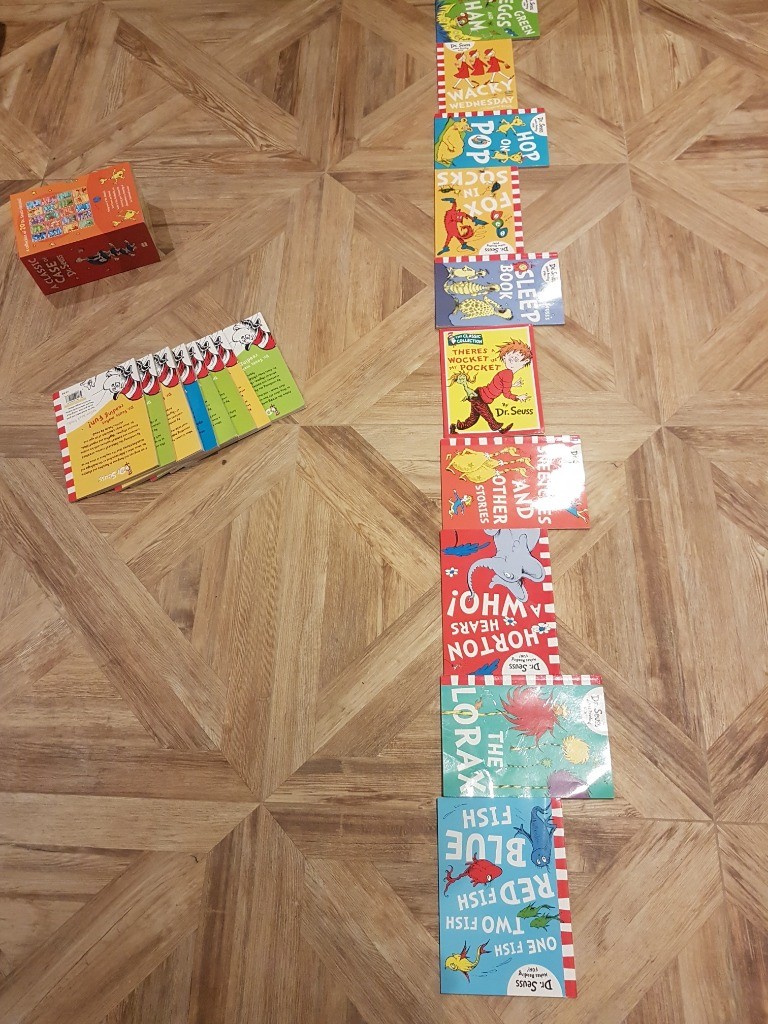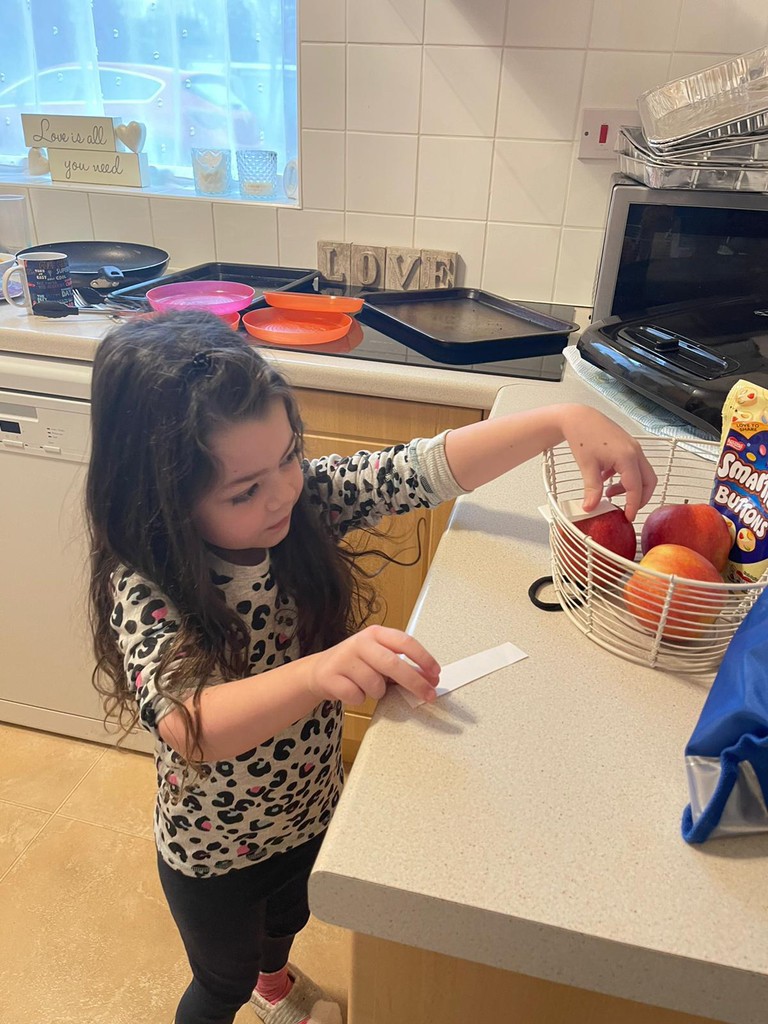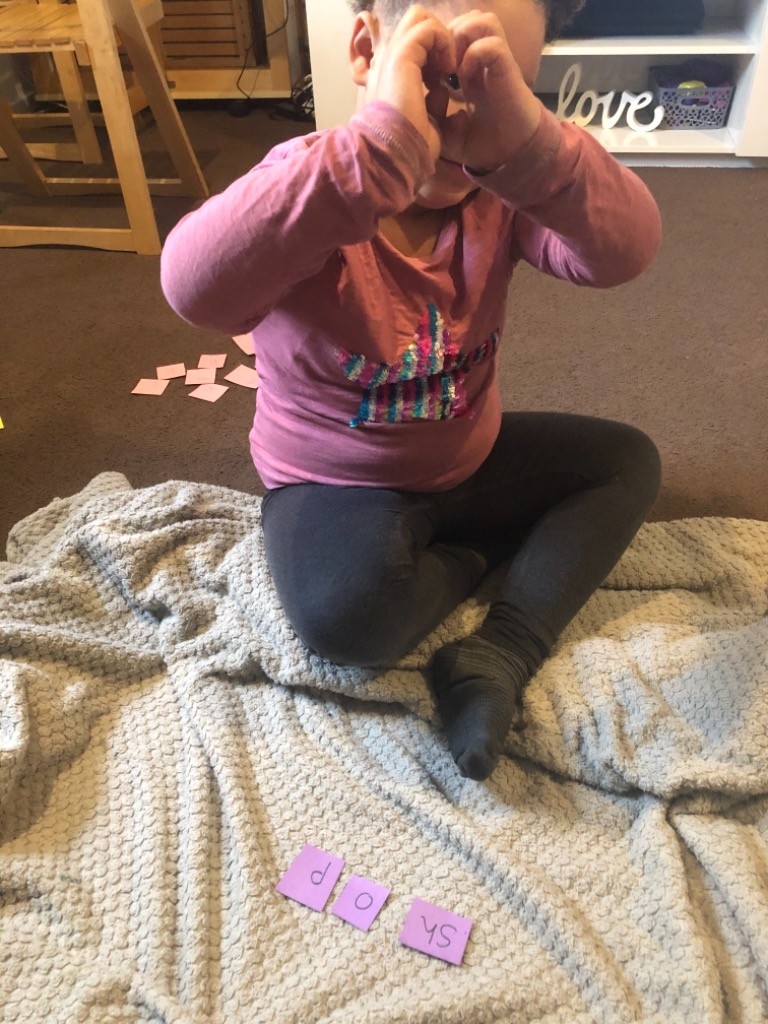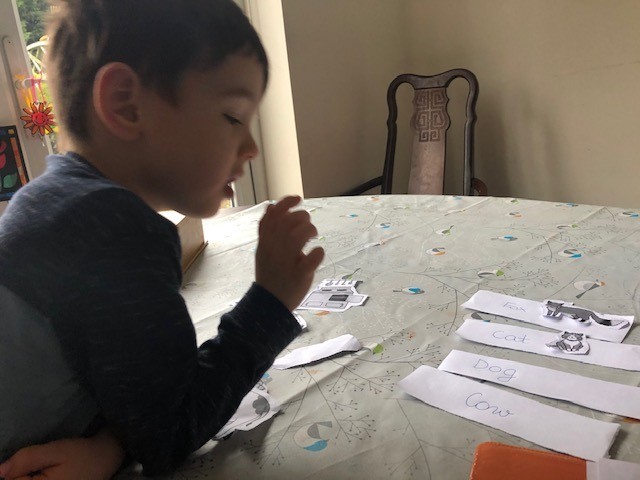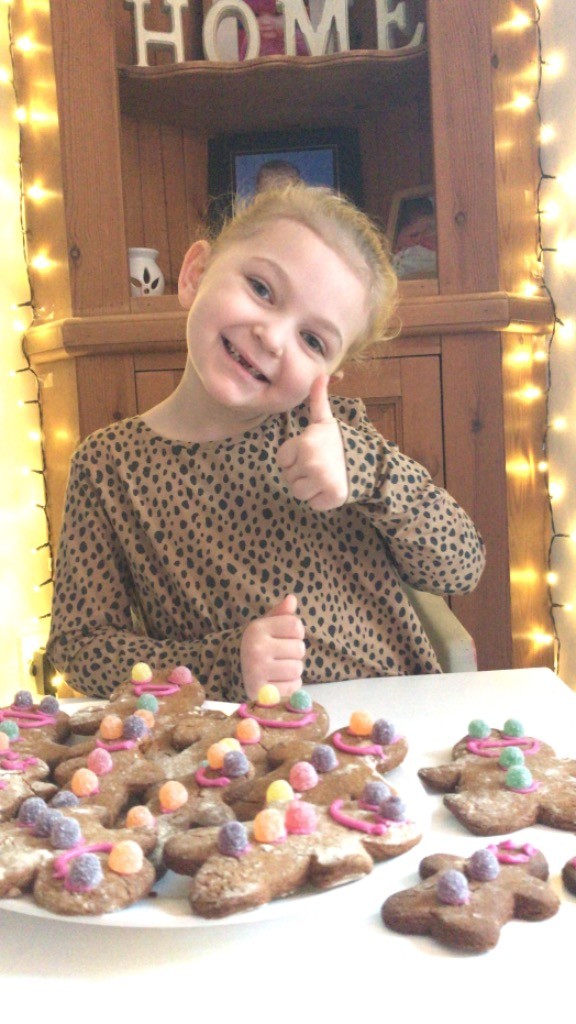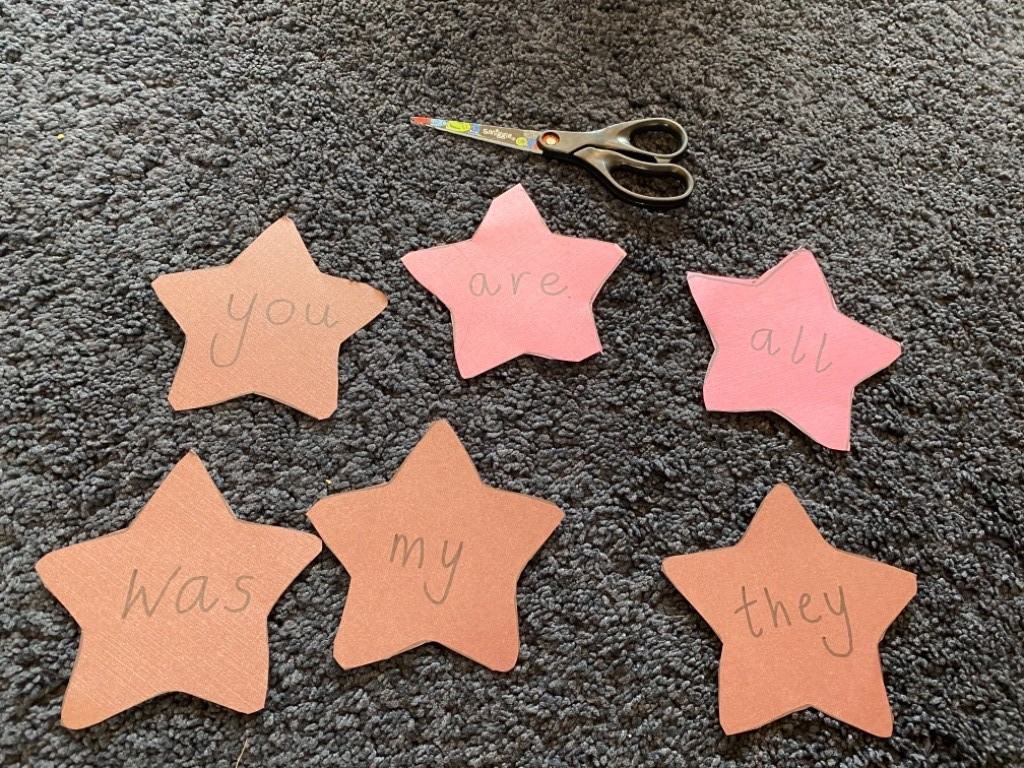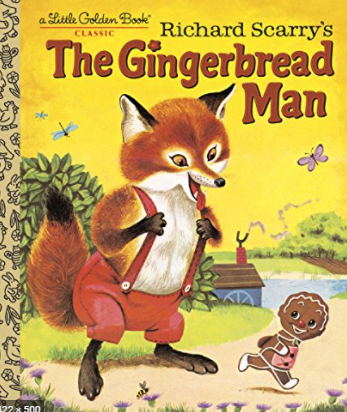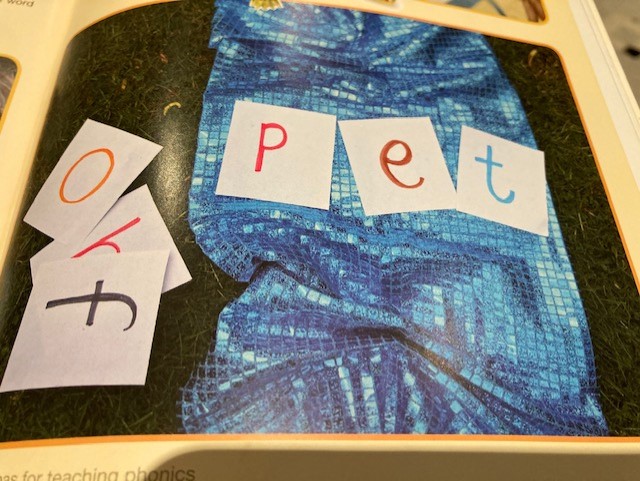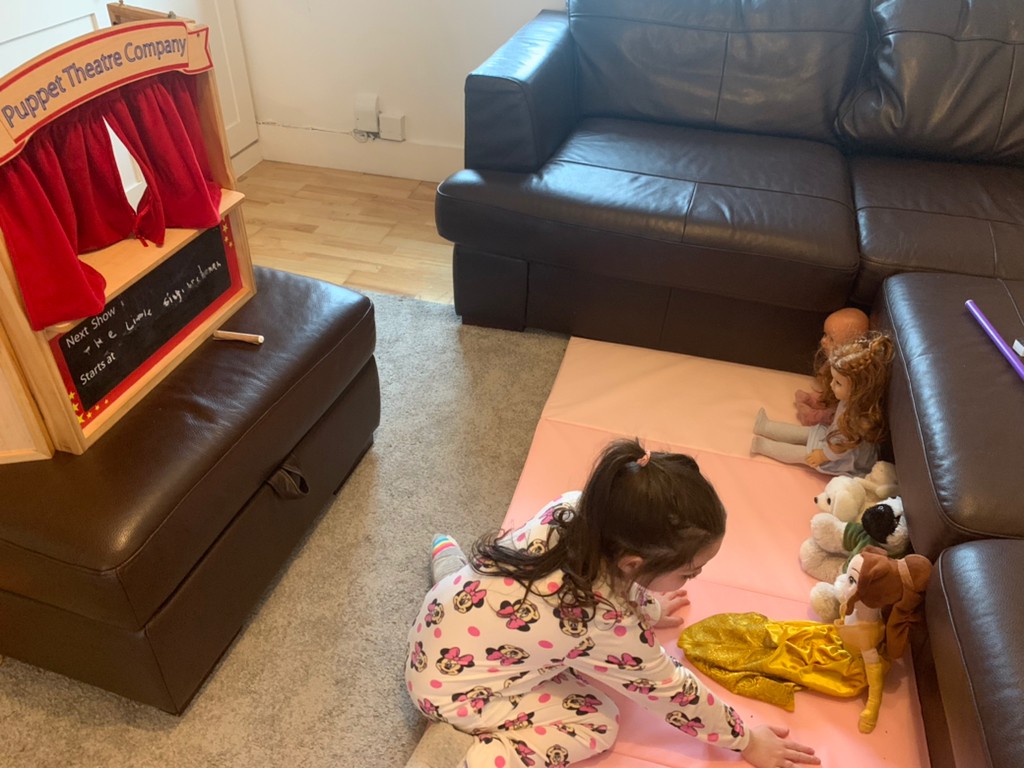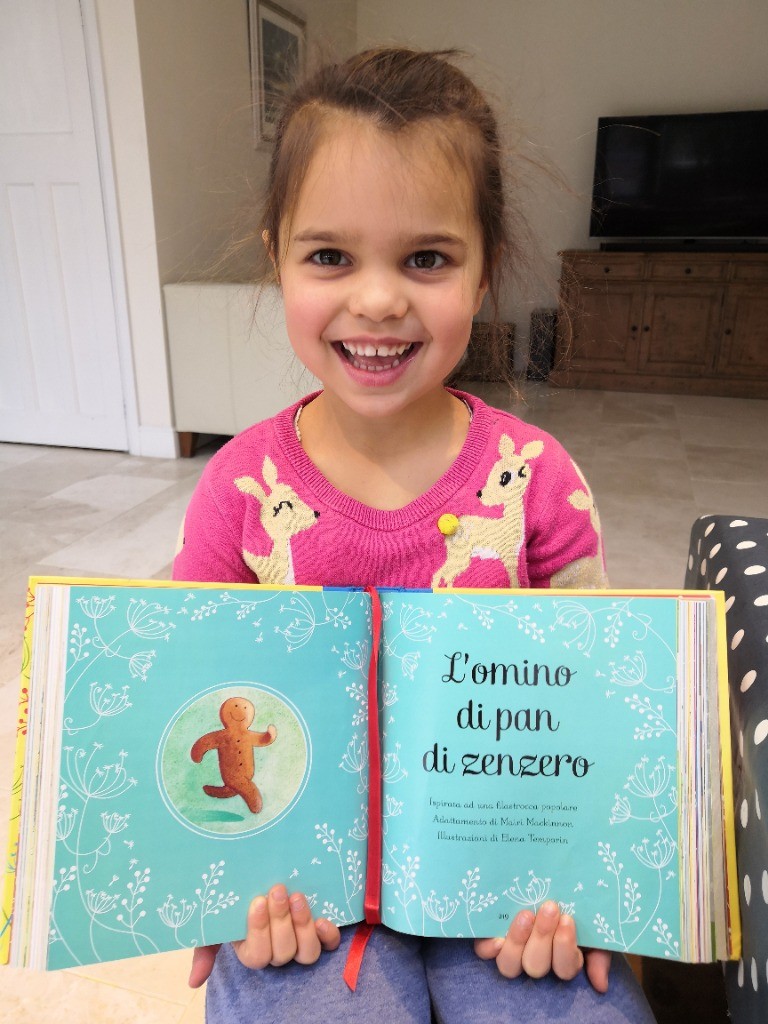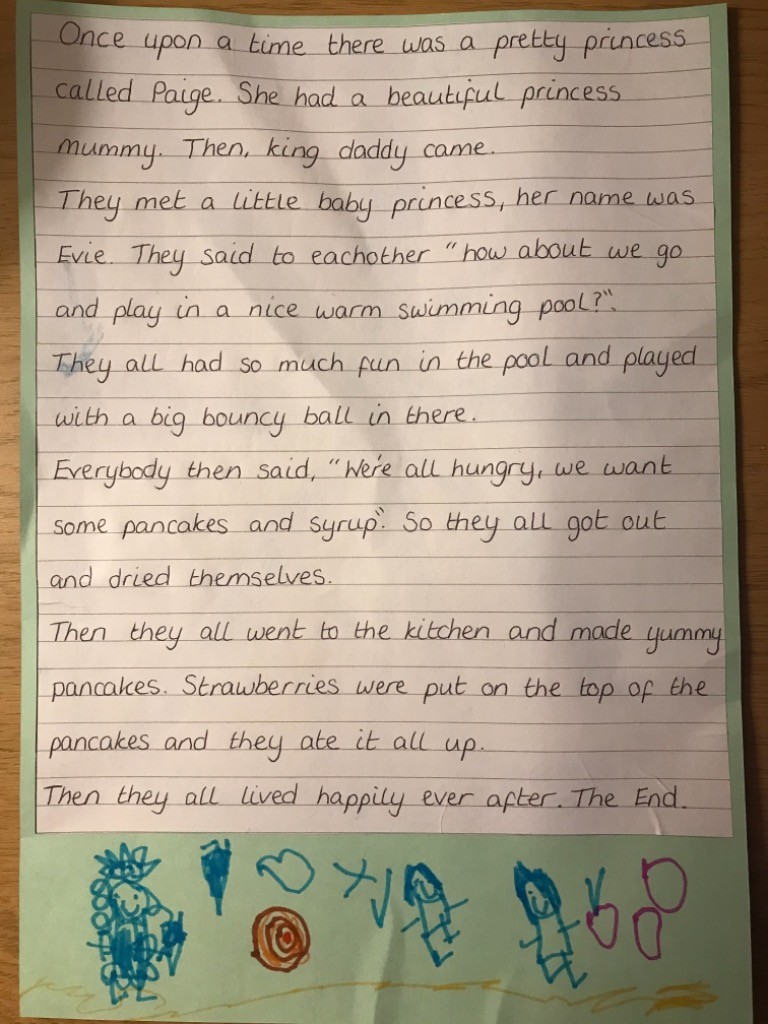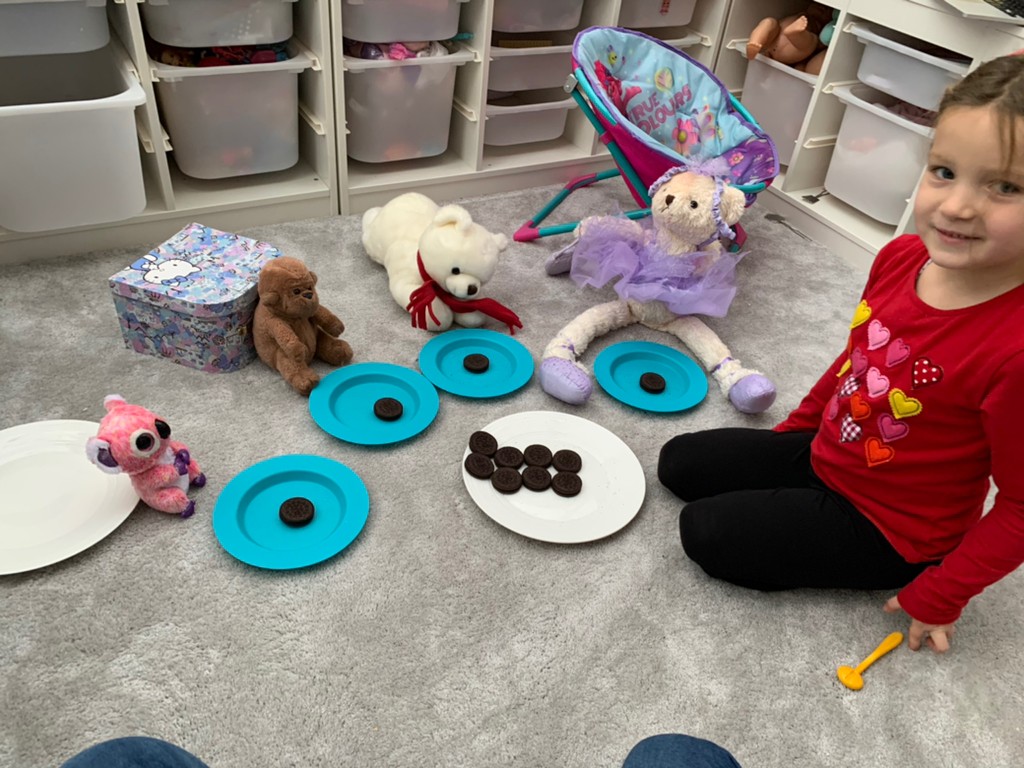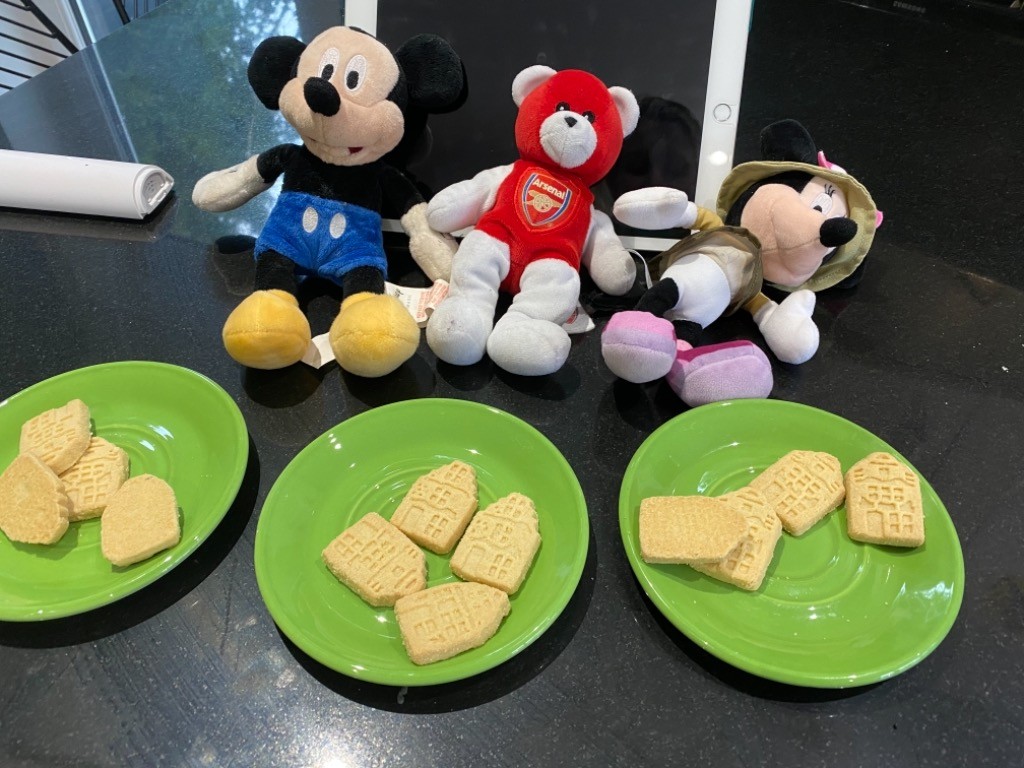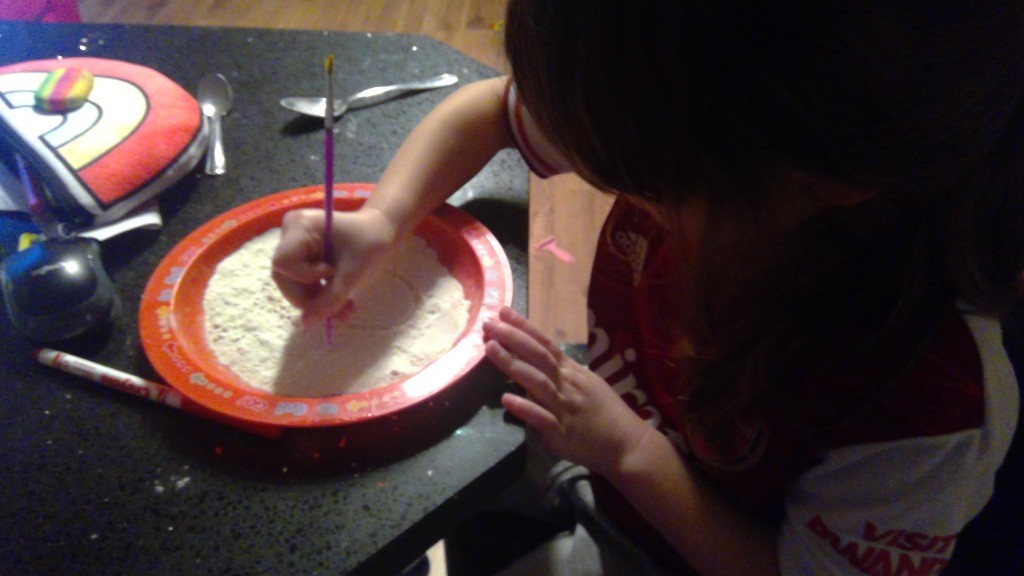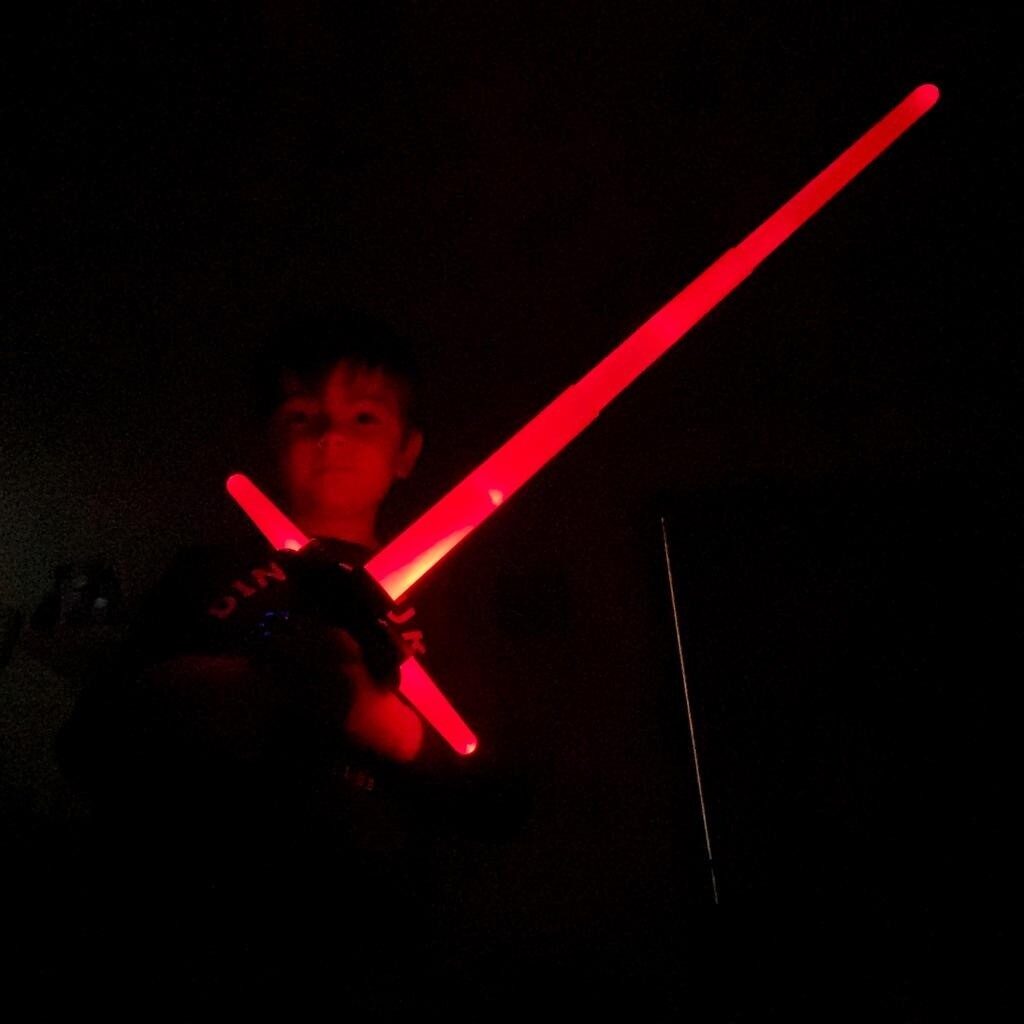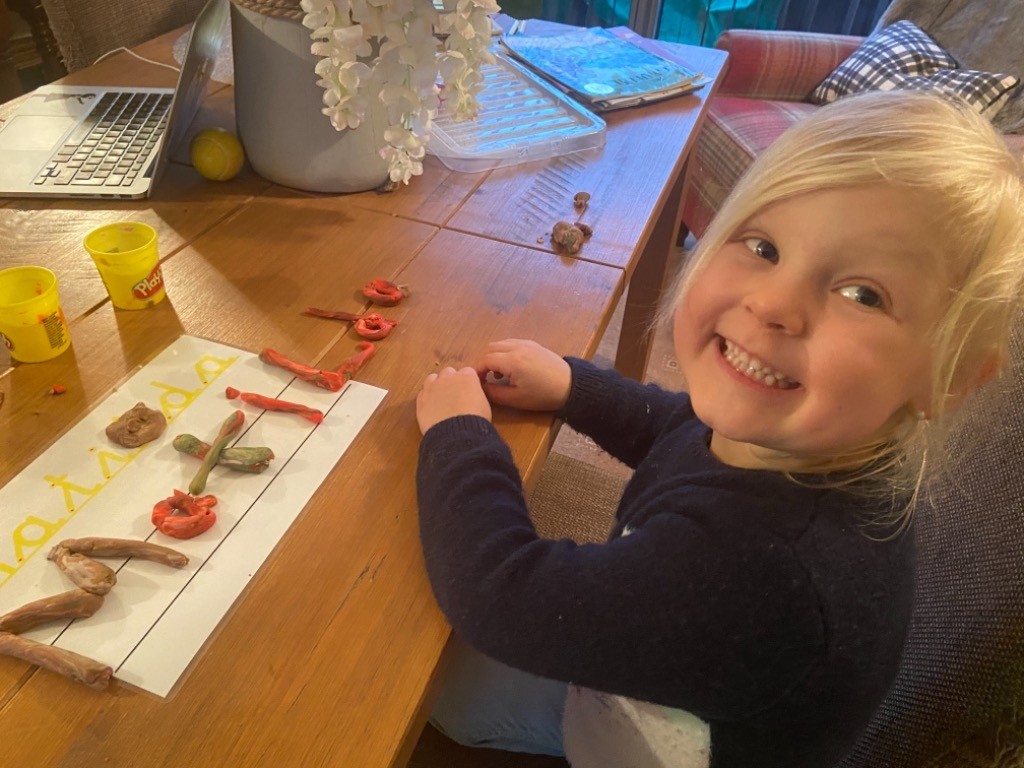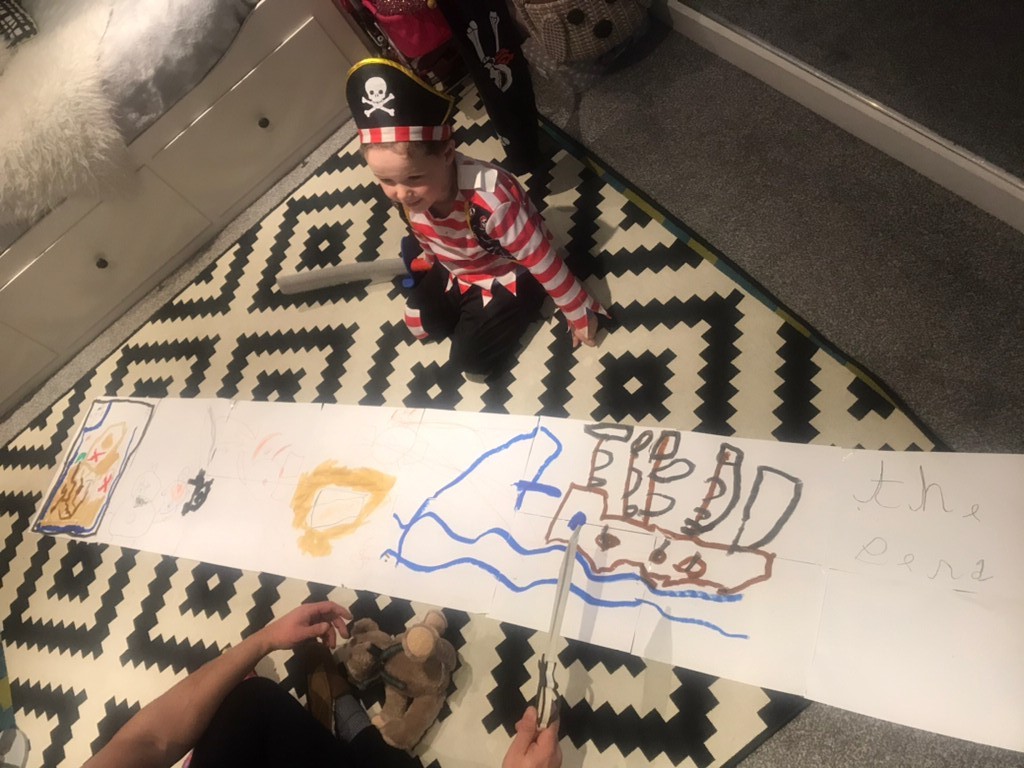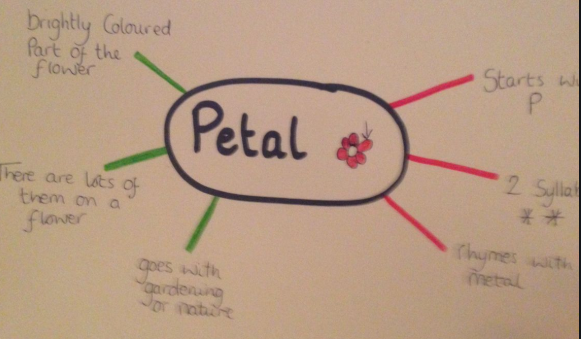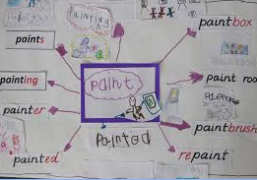Good morning Reception parents and children,
Today our home learning will also celebrate the fantastic learning you have been doing at home. I have been overwhelmed by your enthusiasm and energy. Not only have you embraced my home learning, but posted additional learning activities some of which I’d like to share for extra inspiration.
Communication and Language
Making predictions

You will recall this activity posted previously. However, I thought I’d repeat it because it is so important in terms of your child’s reading skills.
- Read a story together. This could be a story book or maybe your child’s reading book.
- Read a few pages to introduce the characters.
- At key places, stop and before you turn the page ask ‘What do you think might happen next?’
- When you read the next page ask ‘Was your prediction right?’
If your child needs a little support, ask more direct questions eg. Goldilocks and The Three Bears – ‘Whose house do you think she will find?’ or offer alternatives for your child to choose from.
Literacy
Jack and the Beanstalk – joining in

We explored this activity during our Gingerbread Man story telling activities. Hopefully, your child will be growing in confidence and, with daily repetition, can begin to join in with the story. Watch the story of Jack and the Beanstalk again.
Talk about the story and ask questions to make sure your child fully understands the story. Here are some example questions:
- What do you like best about the story?
- Was there anything you didn’t like about the story?
- Did you notice any patterns (repetition) in the story eg. ‘Jack opened his eyes wide in amazement’?
- Was there anything in the story that you’re not sure about?
- What would you have done if you were …. Jack’s mum, Jack, the Giant?
- How would you have felt if you were …. Jack’s mum, Jack, the Giant?
- If you could change one thing in the story, what would it be?
If you have a different version of Jack and the Beanstalk, talk about the differences – which ending does your child prefer?
Letters and Sounds
Today’s new sound – short ‘oo’ (digraph two letters but one sound)
There are two types of ‘oo’. A long ‘oo’ (boot) and a short ‘oo’ (look). We are going to learn the short ‘oo’ today.
This video introduces the short ‘oo’ sound.
Below is the action for the long and short ‘oo’:

Show your child how to write ‘oo’ using the correct letter formation.

Letter formation for ‘o’ can be found in your child’s letters and sounds book.
Encourage your child to ‘have a go’ at writing the ‘oo’ sound.
For challenge
Only if your child is ready. Write the following words:

For extra challenge
Write a funny sentence and draw a picture to accompany the sentence.


The following video brings together both the long ‘oo’ and short ‘oo’.
Maths
Golden eggs game

Our version of the story doesn’t include golden eggs or a harp. This is for simplicity at this initial stage of becoming familiar with the story. Next week, I will be encouraging your child to adapt the story. Perhaps you could explain to your child about different versions of a traditional tale.
This game will help your child explore addition and subtraction.
You will need some ‘golden eggs’ – don’t worry about looking for a beanstalk to climb! These could be boiled eggs, crumpled up pieces of paper, potatoes, beads, pieces of pasta, Lego bricks – children are very good at suspending belief and letting their imagination running wild.
What to do:
- Place 10 eggs in a container (basket).
- Tell your child that the goose has laid these eggs for the giant.
- Tell your child that Jack takes two eggs and count the eggs as they are taken out.
- Ask your child ‘How many eggs are in the giant’s basket now?’
- Encourage your child to explain why they think there are 8 eggs left.
- Model your own mathematical thinking if your child needs support to explain. Use your fingers to show your child.
- Check your child’s answer.
- Continue the activity by placing eggs into the basket or removing some.
Perhaps pretend to be Jack creeping up to take the eggs. Maybe your child could cover their eyes, count how many eggs are left and work out how many eggs Jack took.
You may wish to ask your child to challenge you or make suggestions about the number of eggs that the goose lays or Jack steals.
Vary the amount of eggs depending on your child’s understanding.
To help your child visualise the numbers in a context that may be more familiar to them, use an egg carton to hold the eggs instead of a basket.
For support
Begin with 5 eggs in the basket.
Expressive Arts
Make a castle for the giant or Jack’s house
Acting out stories really helps children become familiar with story sequences. It also enables children to put themselves into particular characters’ shoes and imagine how things would look from that point of view. Through drama and role-play children can imagine characters’ body language, behaviour and tones of voice in ways that they can draw on later when they write.

Encourage your child to create a castle in a similar way they may make a den. Maybe you could also make Jack’s house. Act out the story together.
If you have a bunk bed or a cabin bed, you’ve got a ready-made den structure just waiting to be transformed.
Seats can become walls. Get a few dining room chairs or two sofas? Simply arrange them back-to-back with space in between for your castle/house. Then all you need is a big sheet or blanket to drape over the top as a ceiling and you’ve got the beginnings of a castle/house.
Tables act as all-in-one walls and ceilings, meaning you won’t need as many sheets and blankets to finish off the main structure. You can also join up lots of different tables to make quick den extensions – just add blanket walls and you’re done!
Of course, once a den is made I’m sure your child will have lots of other play ideas. Reading a book in a cosy den is a lovely activity. In school we sometimes leave some books in a den which really encourages the children to read.
Celebrating our learning
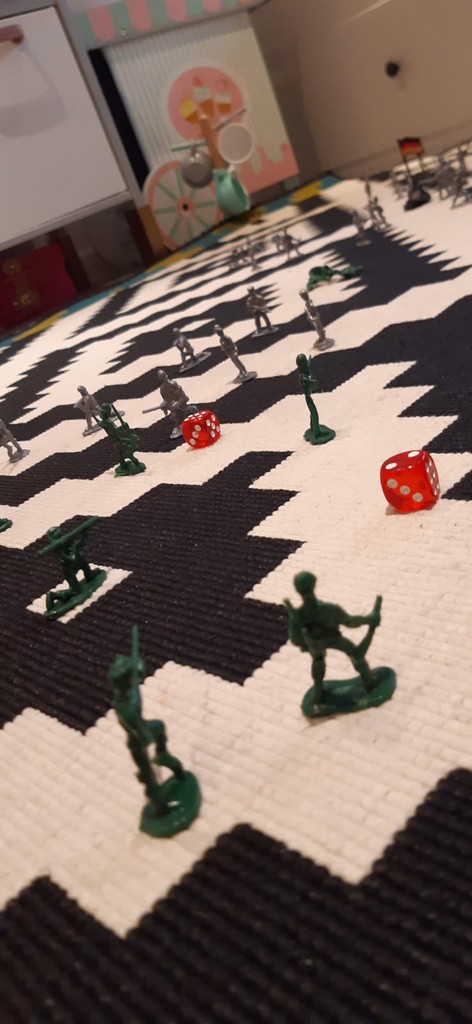
Enjoy your day everyone.
Nicola Palmer
